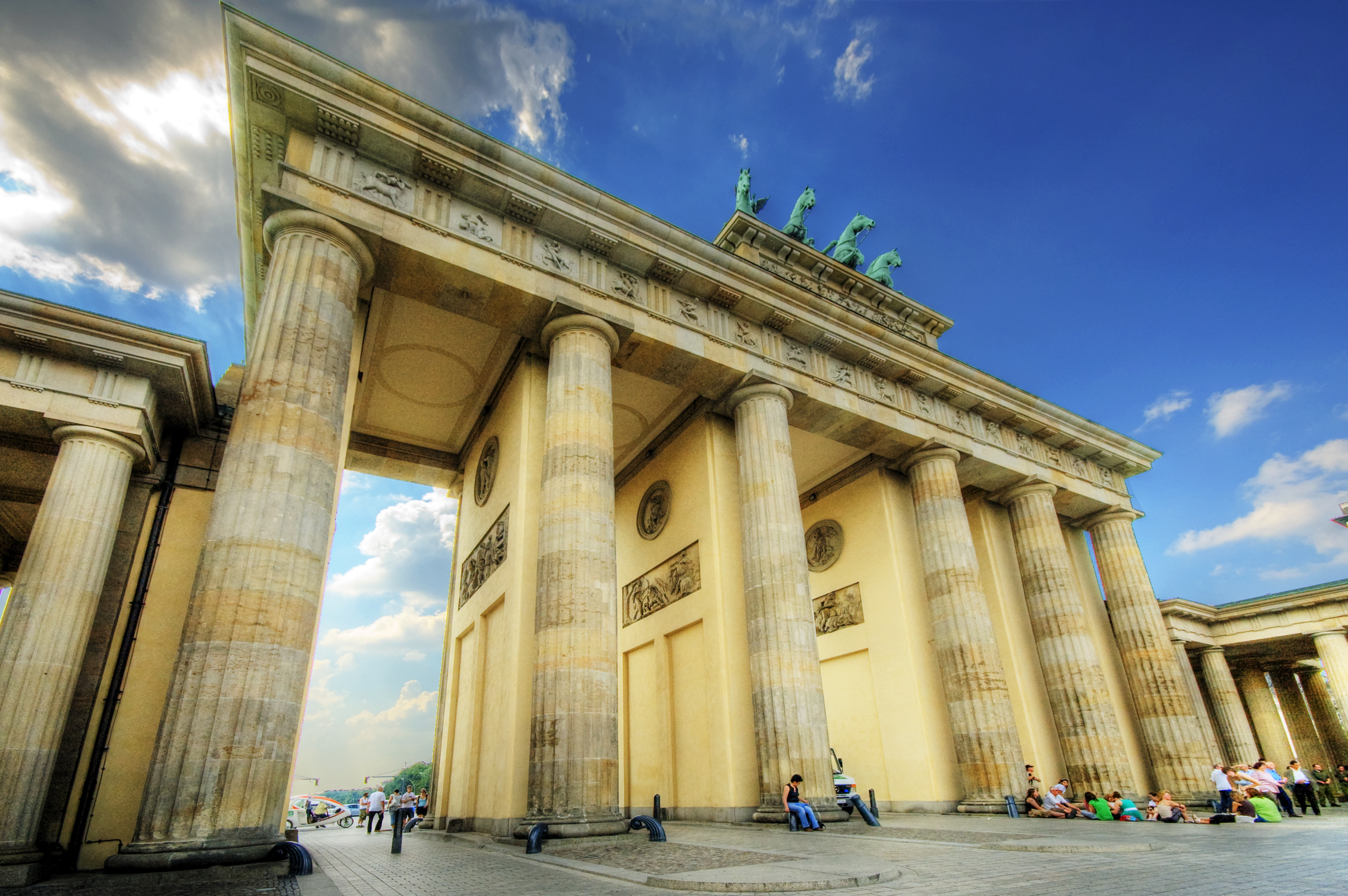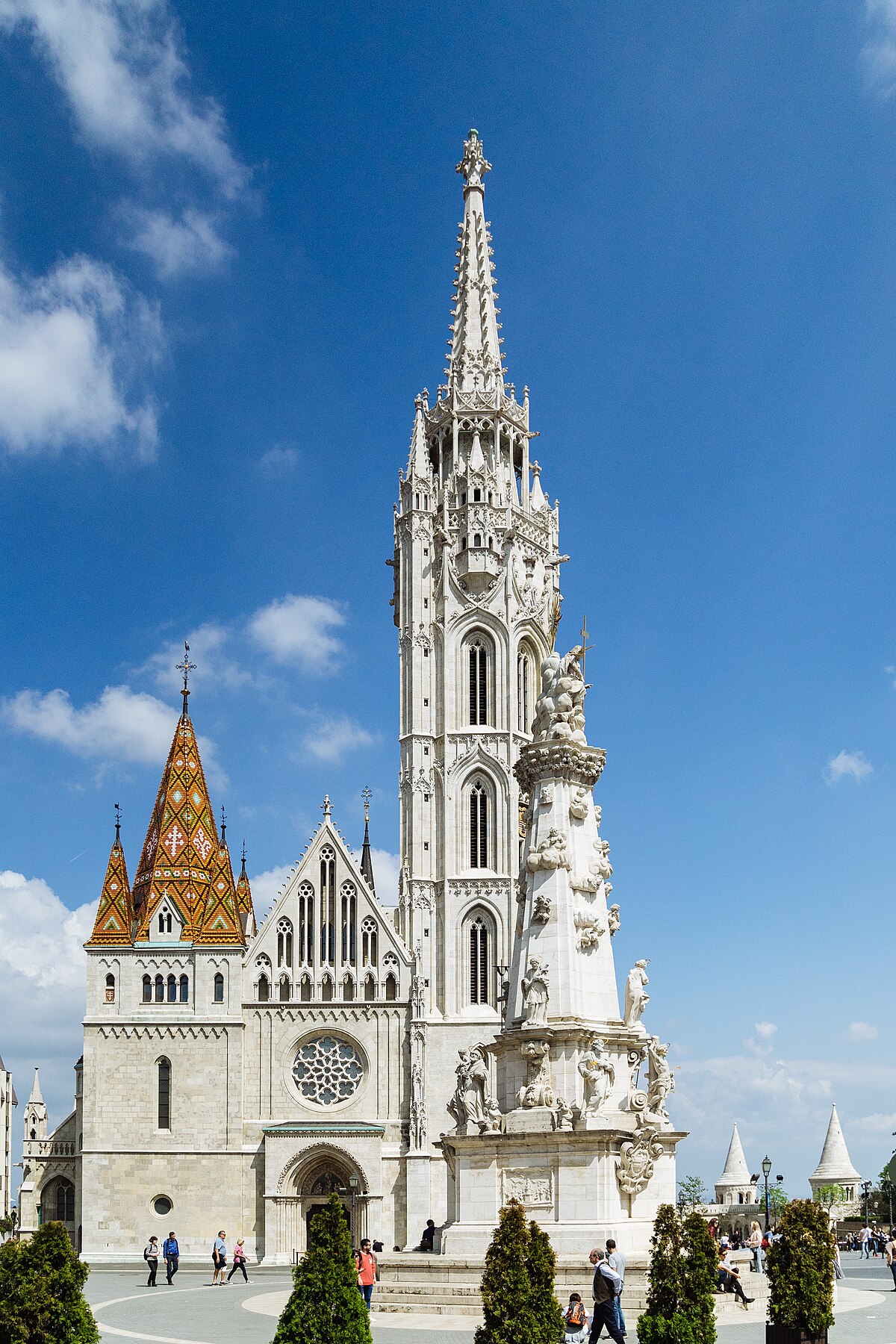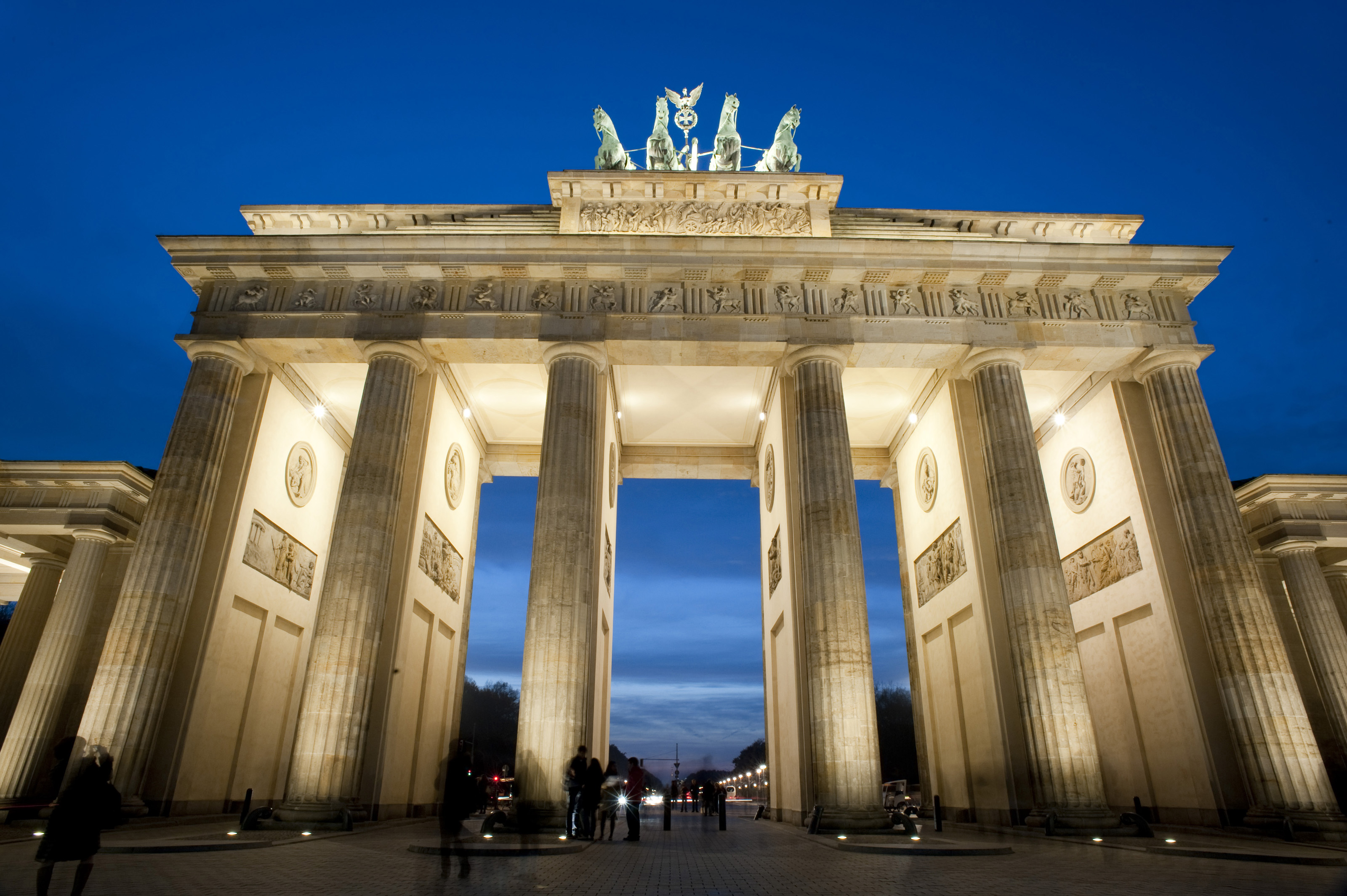-
Gallery of Images:

-
Explore Gothic style architecture and the ideas that transformed cathedrals in medieval Europe. What was the Gothic look hundreds of years ago? Gothic Architecture What's It All About. Gothic architecture's wiki: Reims CathedralFaade, looking northeastInterior, inside and back side of northeastern faadeChoir, northeast endAerial photo of Reims Cathedral looking southGothic architecture is an architectural style that flourished in Europe during the High and Late Gothic architecture is best known as the style of many of the great cathedrals, abbeys and churches of Europe. It is also the architecture of many castles, palaces, town halls. A little something to help you recognize and understand gothic architecture. Easy Architecture is a continuing web series that explains architecture to peopl Gothic is the term generally used to denote the style of architecture, sculpture, and painting that developed from the Romanesque during the 12th century and became predominant in Europe by the middle of the 13th century. The many variations within the style are usually Architecture was the most. L'architecture gothique ou art franais (en latin francigenum opus) est un style architectural d'origine franaise qui s'est dvelopp partir de la seconde partie du Moyen ge en Europe occidentale. Gothic architecture evolved in the late medieval period in Europe. Some of the world's most celebrated buildings are in the gothic style. A gothic cathedral in Leon, Spain. Gothic architecture is generally characterized by the use of a pointed arch. This kind of architecture flourished in middle. To incorporate Gothic architecture into your outfits, look for any style inspiration that includes pointed arches or pointed windows. This can either be done through a print on the fabric or through the cut of it, especially hem lines. Gothic architecture is a style of architecture used in Western Europe in the Middle Ages. It began in France in the 12th century. The Gothic style grew out of Romanesque architecture. Known for its pointed arches, flying buttresses, and detailed tracery, Gothic architecture emerged in 12thcentury northern France and the style continued into the 16th century. Gothic architecture is a retrospective term. Medieval people would never have used it. Back in Medieval times, this form of building was called the modern style. Click on thumbnail image or highlighted text for a larger picture. Early Gothic Architecture As with Gothic Revival, the Italianate style began in Europe as part of the Picturesque movement, a reaction against the formal classical ideals in art and architecture that. The Fundamental Styles and Characteristics of Gothic Architecture Gothic architecture was the distinguishable style of European architecture of the Middle Ages. Read through this Historyplex article to know about the style, salient features of the style, and how far it flourished. History of Gothic Architecture. To understand the modern use of Gothic architecture, we have to look back to its origins. The Gothic style is a substyle of the medieval period in art history. Gothic architecture a style of architecture developed in northern France that spread throughout Europe between the 12th and 16th centuries; characterized by slender vertical piers and counterbalancing buttresses and by vaulting and pointed arches. Medieval architecture simply refers to architectural styles in medieval Europe during the middle ages. In fact, architecture during these times had gone through several changes and phases such as from Romanesque style to Gothic style. The term Gothic Revival (sometimes called Victorian Gothic) usually refers to the period of mockGothic architecture practised in the second half of the 19th century. That time frame can be a little deceiving, however, for the Gothic style never really died in England after the end of the medieval. The Gothic style reappeared in England during the era of late 18th century architecture, as part of the Gothick taste and the later Gothic Revivalist movement, which dominated much of Victorian architecture (c. : of or relating to a style of architecture that was popular in Europe between the 12th and 16th centuries and that uses pointed arches, thin and tall walls, and large windows Learn More about gothic Gothic Style Architecture and Interiors From Ebook download as PDF File (. Arquitectura de interiores con un estilo gtico Throughout the 19th and early 20th century, Gothic Revival was used across Europe, throughout the British Empire, and in the United States for public buildings and homes for the people who could afford the style, but the most common use for Gothic Revival architecture was in the building of churches. Gothic architecture is a style of architecture that flourished in Europe during the high and late medieval period. It had evolved from Roman architecture and was succeeded by renaissance architecture. Its characteristics include the pointed arch. Gothic art and architecture Architecture of medieval Europe from the 12th to 16th centuries. It is characterized by the pointed arch and ribbed vault. Gothic architecture originated in 12thcentury France and lasted until the 16th century and remains to be the building style adopted in the design of several universities, guild. Churches by Dirk Wiedlein (modern take on gothic style) Find this Pin and more on Modern Gothic architecture by Parn Worathep. Designspiration is the hub for discovering great art, design, architecture, photography, typography and web inspiration. This lesson covers the three main features of Gothic architecture: the pointed arch, the rib vault and the flying buttress. We then look at a Gothic Revival Style 1830 1860 History. The Gothic Revival style is part of the mid19th century picturesque and romantic movement in architecture, reflecting the. Gothic Art and Architecture, religious and secular buildings, sculpture, Expanding on the French Gothic style, German Gothic sculpture ranges from an expressionistic exaggeration, sometimes verging on caricature, to a lyrical beauty and nobility of the forms. On the Continent, the next phase of Gothic building design is known as Rayonnant Gothic architecture, whose English equivalent is referred to as Decorated Gothic. Rayonnant Gothic architecture was characterized by new arrays of geometrical decoration which grew increasingly elaborate over time, but hardly any structural improvements. Gothic took Romanesque and stretched its forms to heaven. The round arches inherited from Roman buildings gave way to pointed arches. Barrel vaults gave way to ribbed vaults. The vault load was carried by graceful flying buttresses, opening up more wall space for large, traceried windows. The effect was lighter and airier. Gothic architecture developed in the mid12th century France from where it spread to other parts of Western Europe and became the predominant architectural style by the end of the Middle Ages. Gothic Revival architecture, another of the three best known Romantic architecture styles, is much more ornate and dramatic in its overall aesthetic. Over the years, many churches have been designed in Gothic Revival style. The neoGothic style is an architectural style born in the middle of the 18th century in England. With the development of Romanticism, some enlightened amateurs such as Horace Walpole and William Beckford highly influenced the public's enthusiasm for the Middle Ages, Medieval arts and the new aesthetic quality known as the picturesque, as shown in the luxurious architectural follies of. Media in category Gothic architecture The following 66 files are in this category, out of 66 total. The Gothic style cathedral complex, located in Piazza del Duomo, includes the Baptistery and Giotto's Campanile. The three buildings are part of the UNESCO World Heritage. is a UNESCO World Heritage Site and a classic example of both Romanesque and Gothic architecture. The medieval town is located in the. The most fundamental element of the Gothic style of architecture is the pointed arch, which was likely borrowed from Islamic architecture that would have been seen in Spain at this time. The pointed arch relieved some of the thrust, and therefore, the stress on other structural elements. If you're behind a web filter, please make sure that the domains. Many of the key characteristics of gothic architecture have been adopted into more modern architectural designs, and our current aesthetic style owes a great deal to the roots of the gothic architecture movement in Medieval times. Gothic style is a cultural trend that has outlived its time. There is so much of Gothic architecture and literature around us. To know the origin of Gothic The style of architecture we now call Gothic first emerged in northern France in around 1140. It evolved during the construction of great churches in the Paris region, in a drive towards height, light and volume. Later it was also used for secular buildings such as castles, palaces, bridges, city walls and gates. Gothic architecture Dutch style building in Huis ten bosch the large theme park, Sasebo Nagasaki, Japan Archway in the gothic cathedral of Reims, France Amazing St Paul gothic Church in Strasbourg France Gothic Revival was a wonderful style to bring elegance to the main house without the expensive grandeur found in some of the Neoclassical antebellum architecture. Rose Hill Mansion Plantation shown here was begun in the 1850s but may not have been completed until the 20th century. In this post I will talk about the Gothic Style. The Influence of Art History on Modern Design: Gothic Style. May 25, 2016 13 Comments read Design, The paintings in the Gothic style appeared nearly 50 years after the beginning of Gothic architecture and sculpture, around the 1200s. English: Gothic architecture is a style of architecture, particularly associated with cathedrals and other churches, which flourished in Europe during the high and late medieval period. Espaol: Arquitectura Gtica es un estilo de la arquitectura, particularmente asociada a las catedrales y a otras iglesias que prosperaron en Europa durante. Gothic architecture: Gothic architecture, architectural style in Europe that lasted from the mid 12th century to the 16th century, particularly a style of masonry building characterized by cavernous spaces with the expanse of walls broken up by overlaid tracery. In the 12th13th centuries, feats of engineering.
-
Related Images:










